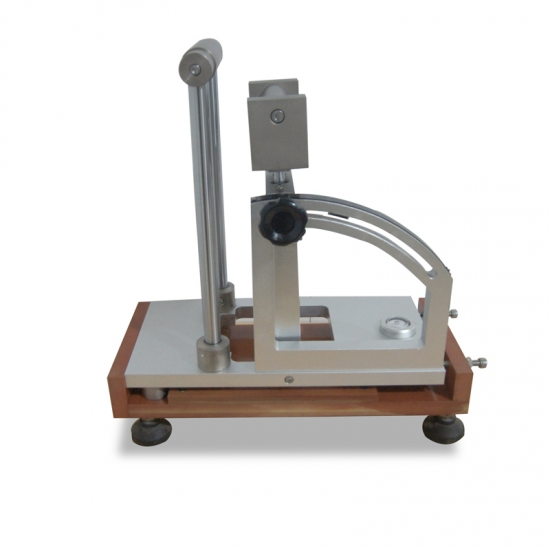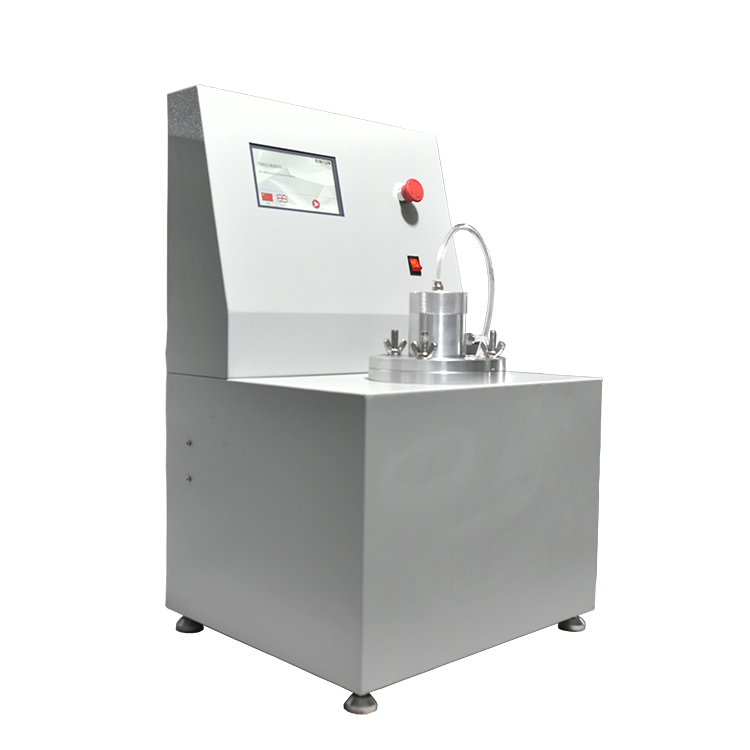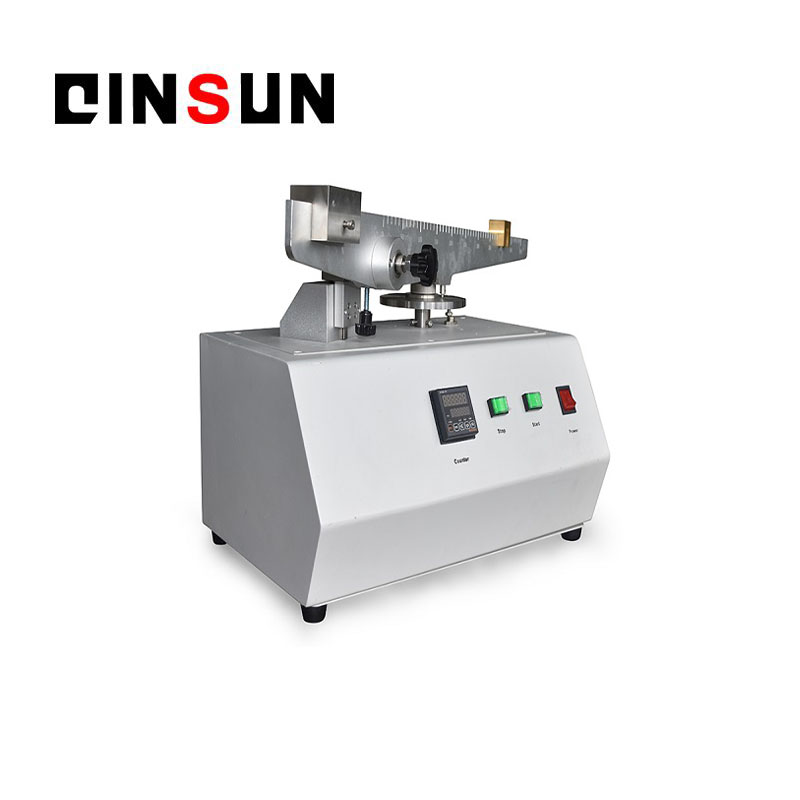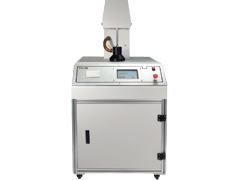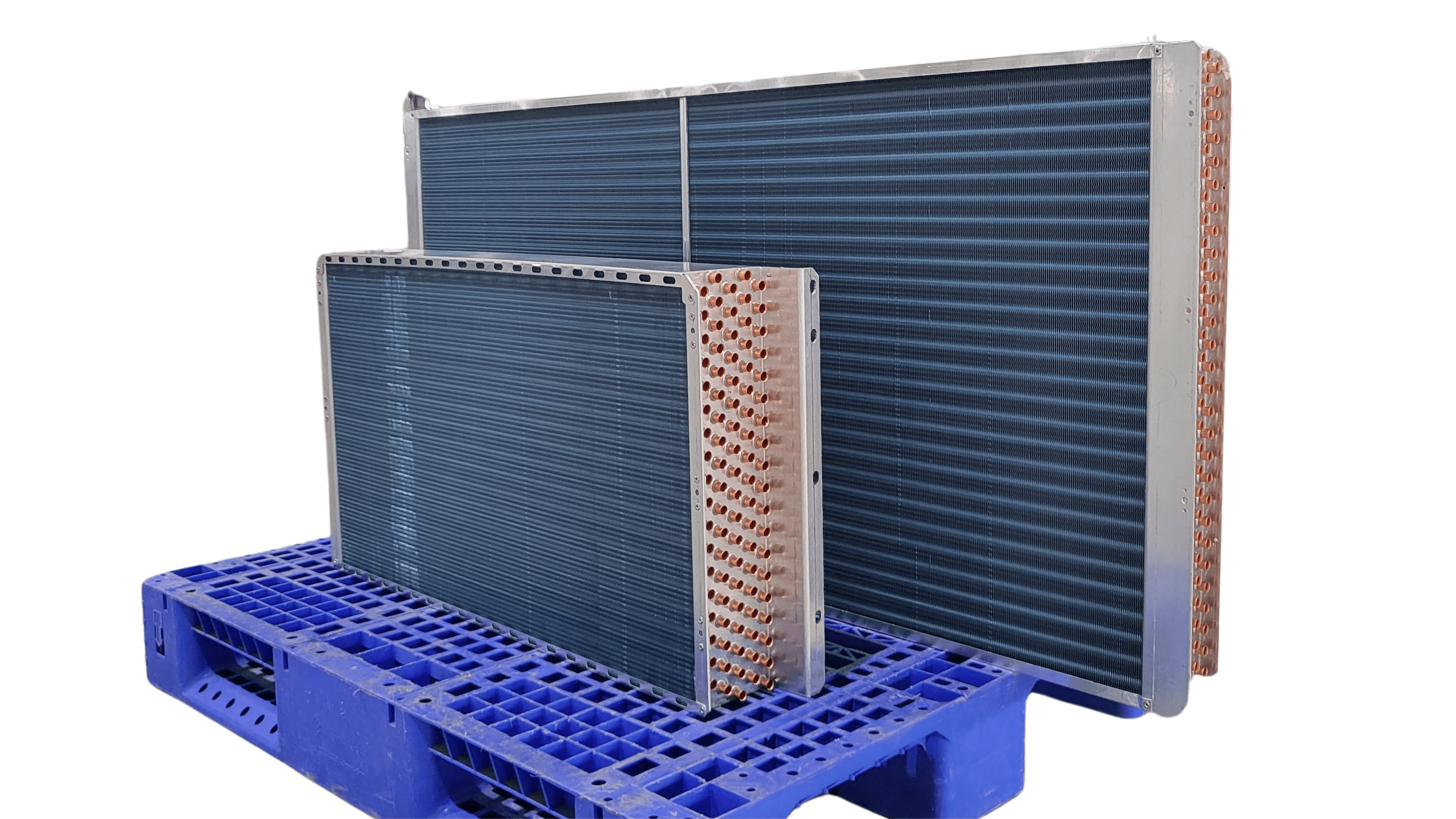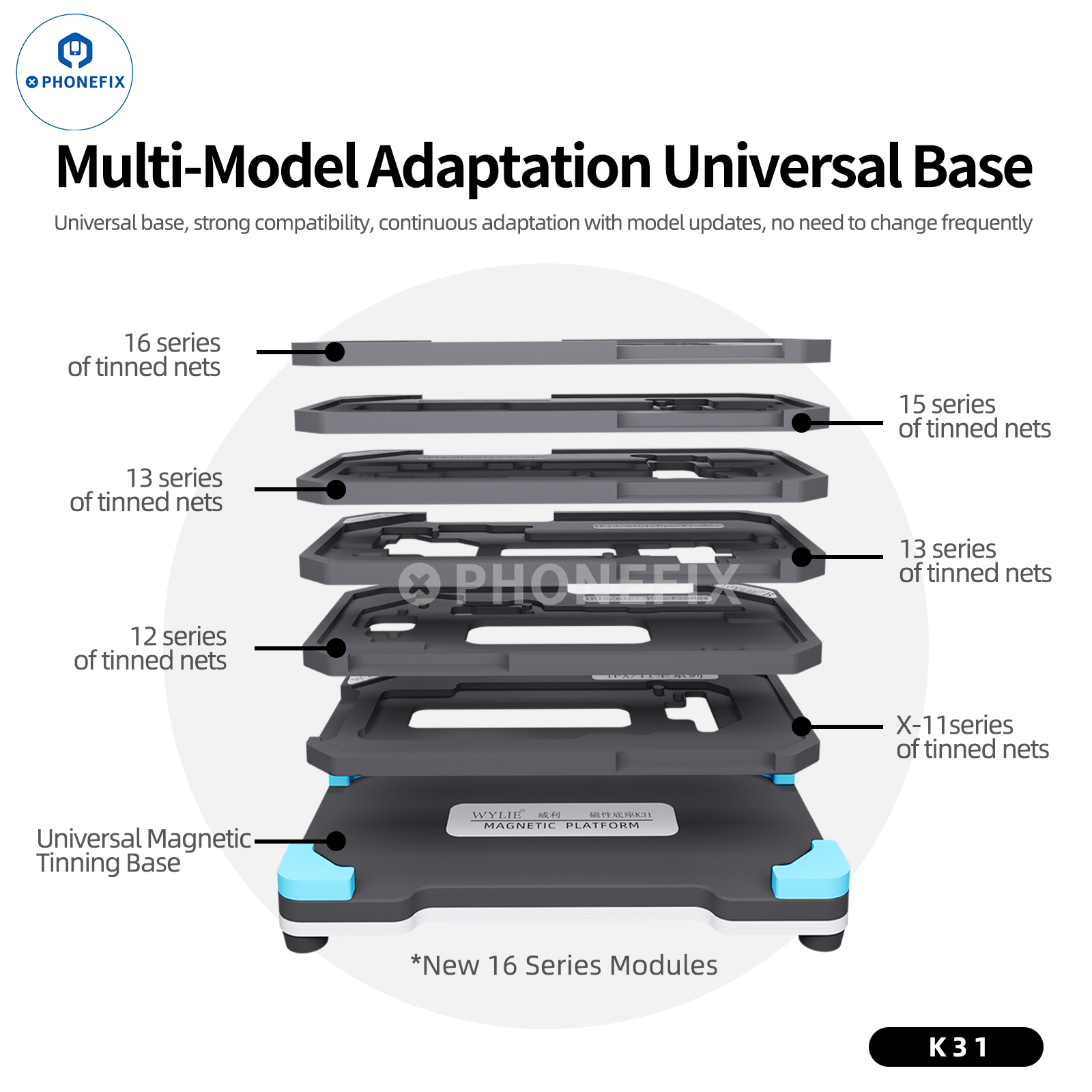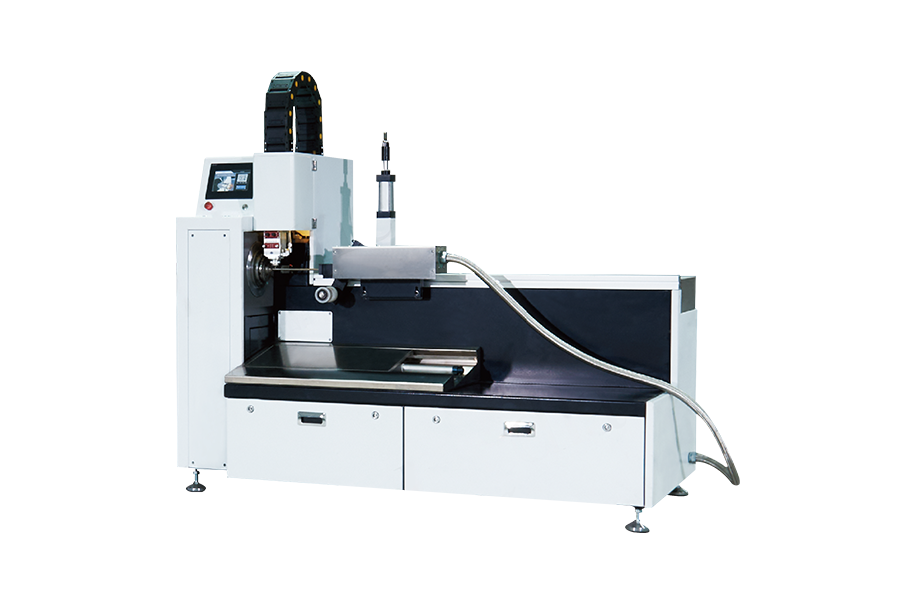Crosshatch scratch tester


Introduction
Crosshatch scratch tester/Scratch tester makes contacting relative motion between the scratching head and material surface for the evaluation of the sensory level of scratches, changes in color difference between scratched area and unscratched area, or the detaching situation of scratched material surface coating after adhesive tape treatment. It is a commonly used instrument to determine the scratch resistance for material surface and coating.
Application
The instrument is suitable to test automotive interior materials, plastics, rubber, leather, coated fabrics, coated materials, compound material, paint, ink, soft metal, etc. It is widely used in the area of product quality control, newly developed product performance verification, inspection agency test, etc.
Standards
PV 3952 Plastic Interior Components. Testing of Scratch Resistance
Ford BN 108-03,13 FordLaboratory Test Method - Resistance To Scratching
BMW 0180 ,PA-P 028 Test Method - Resistance To Scratching (crosshatch method)
DAF KEUR 00824-401 Test Method - Resistance To Scratching (crosshatch method)
GME 60401 Test Method - Resistance To Scratching (crosshatch method)
GM 14829 Test Method - Resistance To Scratching (crosshatch method)
Jaguar-Landrover TPJLR.52.004 Test Method - Resistance To Scratching
GMW 14688 Scratch and Mar Resistance
8350Z-SDA-9000 Scratch and Mar Resistance
NES M M0159 TestingMethodoftheScratchResistanceofInterior
Features
Replaceable scratching head meets a variety of test standards. Tapered scratching head, square scratching head, needle-shaped scraping head are available for replacement. Customized service of special scratching head can be provided in accordance with requirements .
Test load weights are universal for easy confirmation of loads; Parameters such as speed, stroke, crosshatch spacing, etc., can be adjusted as per requirements.
Touch screen operation interface is simple and easy to use with Chinese and English switchable; Real-time display the current progress for the convenience to control test process; PLC automation control system automatically completes the transverse shift of crosshatch and lift and fall.
Technical Parameters
| Items |
Parameters |
| Test method |
Crosshatch scratching test |
| Stoke distance |
10-200mm |
| Speed range |
10-200mm/s |
| Number of scratches |
6-11, optional |
| Crosshatch moving space |
0.5mm-2mm(special scratching finger for moving space below 2mm) |
| Scratch load |
2N,3N,5N,7N,8N,10N,12N,15N,20N (optional) |
| Scratching head material |
Stainless steel; Tungsten carbide (optional) |
| Scratching head diameter |
0.5mm,0.75mm,1mm(Erichsen318),3mm,5mm,7mm |
| Plastic scratching finger(optional) |
polymethyl methacrylate PMMA);diameter 16mm,thickness 1mm,edge radius0.5mm ,hardness shore D85。 |
Other supplier products
All supplier products
Same products










